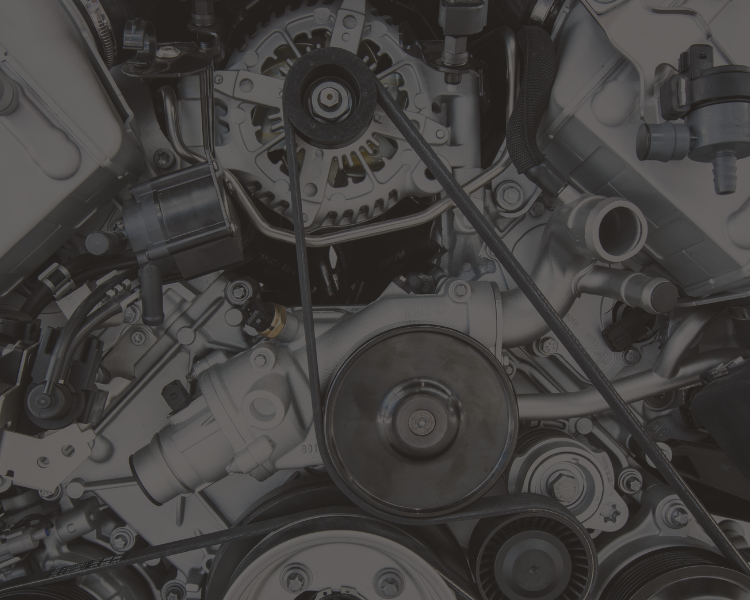How to Improve Engine Response
Ah, engine “response.” That elusive term that is hard to define, but you know it when you feel it.
Simply put, the term “engine response” refers to how quickly your engine responds to a change in throttle position. Ideally, your engine reacts instantly when you push on the accelerator pedal and lets power drop back down the moment you let off.
As your engine gets older, responsiveness can begin to drop, causing hesitation and surging when you don’t want it. Correct engine responsiveness can also help reduce fuel economy, as your engine only develops the power you need right when you need it.
To help ensure your engine stays responsive like when it was new, our engineering and tech support teams here at Rislone have put together this list of ways to improve engine response:
- Check your fuel filter: This is a common culprit. A clogged or dirty fuel filter is one of the major causes of poor engine response. When your fuel filter is clogged, your fuel pump can’t deliver the right amount of fuel as you accelerate and adjust your speed. Follow your manufacturer’s recommendations for replacing your fuel filter and watch how your engine response improves. We hear about this every day from customers on our tech lines and social media. It’s easy to ignore fuel filters. Don’t!
- Check your fuel pump: Over time, your fuel pump will start to wear out and struggle to pump fuel – like most things in life, fuel pumps degrade over time. Some fuel pumps can be removed, cleaned and serviced. Others are sealed units that simply need to be replaced. At the first sign of fuel pump problems, have your pump inspected, since fuel pump failure can leave you stranded. It’s an easy and relatively affordable fix if you find your fuel pump is on its last legs.
- Double-check your car’s ECU and clear any active codes: The computer in your car (called the ECU, or electronic control unit) oversees many systems, including the rate at which fuel is injected into your engine. A professional can check your car computer and make adjustments to improve the responsiveness of your engine through modified fuel delivery, especially if diagnostic codes are “being thrown.” If your ECU is “throwing codes,” it means it is giving off diagnostic signs that something isn’t up to snuf. Your dealer or mechanic can talk to you about what those mean and how to clear them.
None of these changes are effective if your car isn’t running properly in the first place, however. We suggest starting with one of our engine or fuel treatment products first. Our proven Rislone formulations can clean and improve your engine systems and make sure everything is running properly. This may be enough to restore your engine response and make your vehicle more enjoyable and efficient to drive. To this end, we typically recommend:
- Engine treatment – Rislone Nano Prime Engine + Oil Additive. Fully synthetic. Patented nanotechnology. Powerful enough to be used in our Rislone RS700 Mustang GT (700 HP at the flywheel, over 500 lb/ft of torque). It doesn’t get any better than this.
- Fuel treatment – Rislone Complete Fuel System Treatment. Like eight additives in one bottle. Award-winning. Tested on the race track and the daily commute. Use once every 5,000 miles – no need to use every fill-up. It’s not just a plain injector cleaner – it’s a high-performance treatment for your whole fuel system.
If you prefer, browse our whole catalog and then use our locator to find a retailer near you. You can contact us if you have any questions or would like more information on any of our products that can help you gain in engine response, so let us know how we can help today. We’re always happy to chat.




